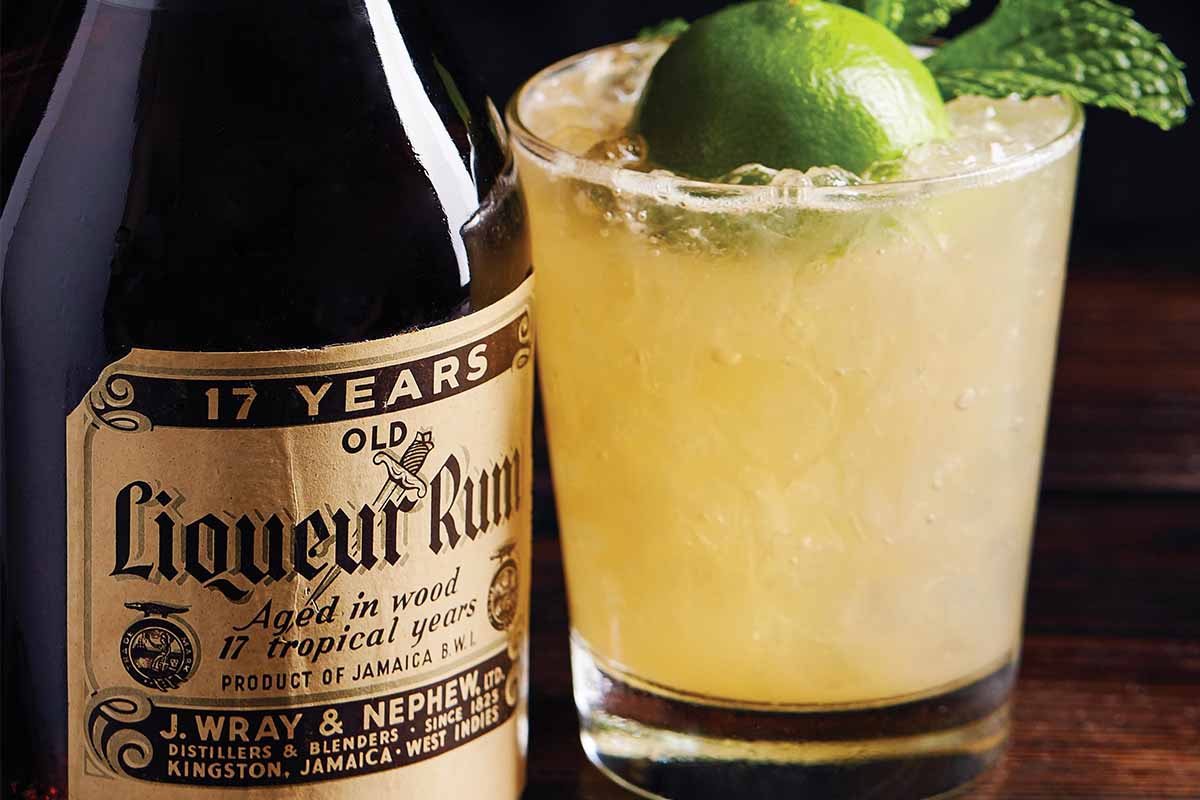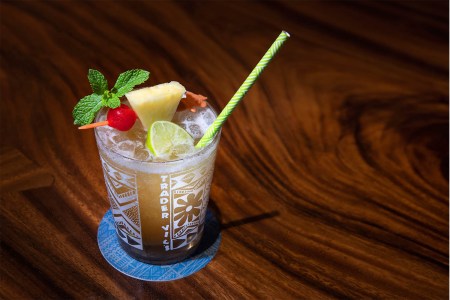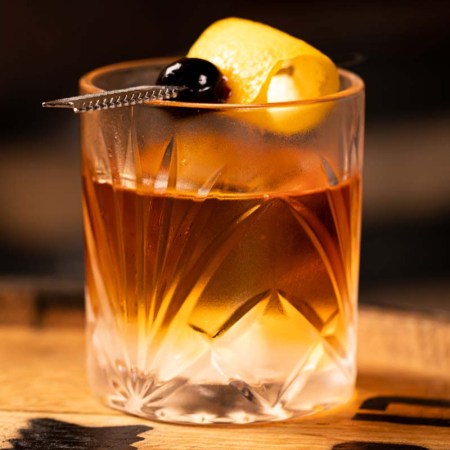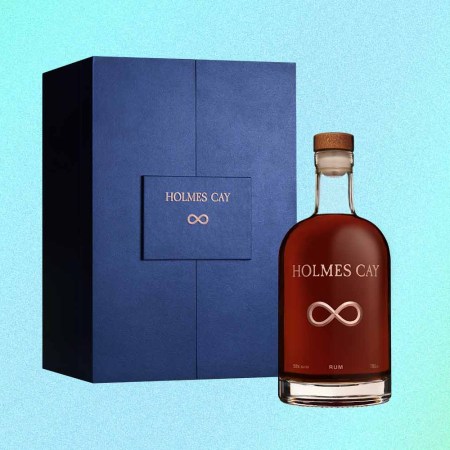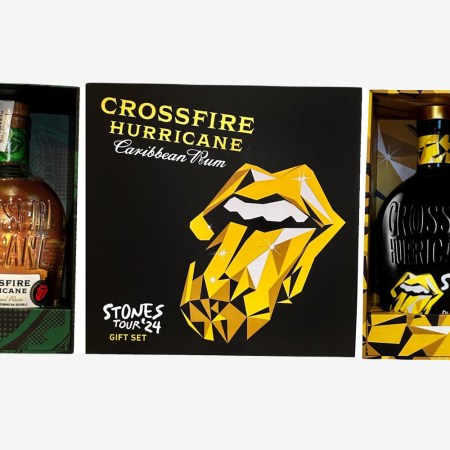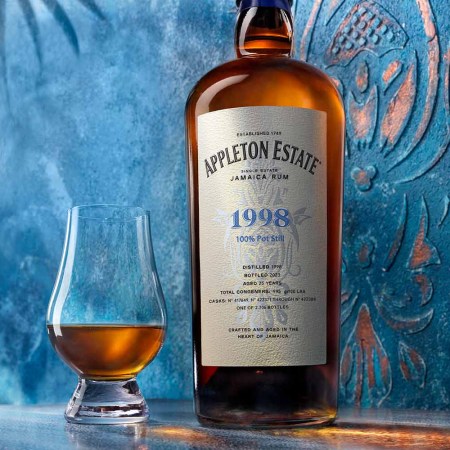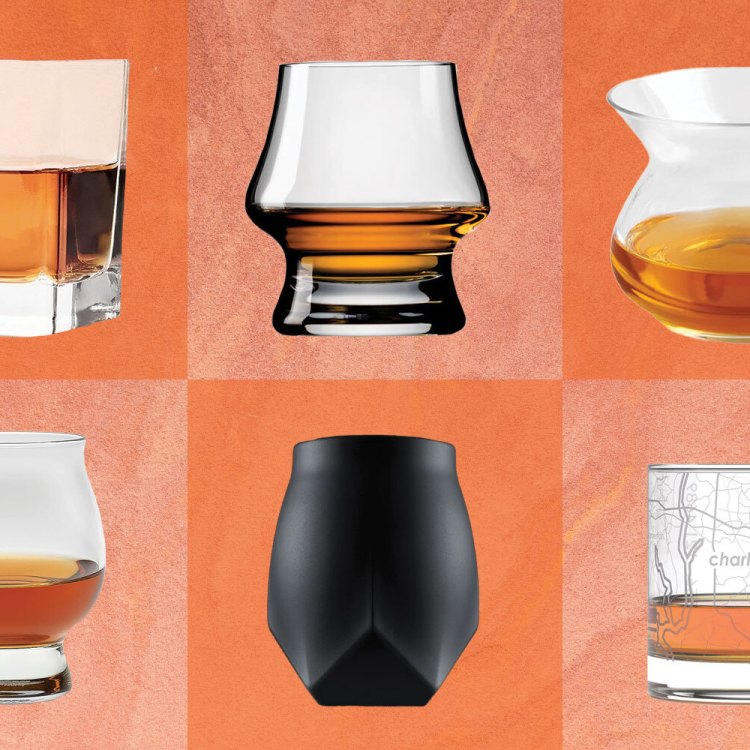What’s not to love about the Mai Tai? The simple concoction of full-flavored rum, lime juice, almond orgeat syrup, and orange curaçao, smartly garnished with lime and mint, is a crowd-pleaser. It’s tart, fruity, a bit nutty, rum-forward and undeniably refreshing. The Mai Tai is the perfect drink for a hot summer day poolside and is almost synonymous with a tropical vacation.
This delightful and unassuming drink has somehow found itself at the center of a small but very devoted following. The near-religious fervor for the drink has even led some adherents to devote their life to the search for the ultimate Mai Tai. Others pore over old cocktail guides and historical documents. They treat menus from long-shuttered bars like ancient texts to be deciphered. All are trying to glean some sort of hidden knowledge about the cocktail, its history and the legendary rum at the heart of its creation. If these devotees were wearing hooded robes instead of Hawaiian shirts and Panama hats, there would be no mistaking this loosely-knit group for what they are: a cult.
The Creation Myth
To know why the Mai Tai is so venerated, it’s important to understand the story of its creation and the mysterious rum that looms over its history.
The Mai Tai was created in 1944 by Victor “Trader Vic” Bergeron at the original Trader Vic’s bar and restaurant in Oakland, California. As a treat for friends visiting from Tahiti, Vic took a bottle of J. Wray & Nephew 17-year rum down from the back bar and mixed it with orgeat, lime juice, rock candy syrup and dry curaçao. One of Vic’s friends exclaimed in Tahitian: “Maita’i Roe A’e!” which roughly translates to “Out of this world. The Best.” Thus, the original 1944 Trader Vic Mai Tai was conceived.
The Mai Tai Needs a Reboot. Here Are Three Variations You’ll Love.
The classic tiki cocktail just turned 75, but its best years are aheadShortly after the birth of the Mai Tai, the success of Trader Vic’s led to expansion. A casualty of this success was the original J. Wray & Nephew 17-year, which had already gone out of production. “He burned through the 17-year and then set his eyes on the Wray & Nephew 15,” says Martin Cate, who started his bartending career at Trader Vic’s and is the creator and owner of the lauded tiki bar Smuggler’s Cove in San Francisco.
The switch to the Wray & Nephew 15-year, which was the closest to the 17-year available at the time, was the first time Vic swapped out the rum used in the Mai Tai, but it wouldn’t be the last. As the supply of J. Wray & Nephew 15-year started to dwindle, Vic created his first blend of rums. Known as the “First adjusted Mai Tai formula,” this mixture used 50% J. Wray & Nephew 15 and combined it with 25% Red Heart and 25% Coruba, which were both dark Jamaican rums. “He was looking for something that approximated pot still Jamaican rum,” Cate says.
“By the mid-50s, Vic had completely run out of the 15-year,” Cate explains. This led to the creation of Vic’s “Second adjusted Mai Tai formula.” According to Vic, this blend used a pot still Jamaican rum along with a rum from the French Caribbean island of Martinique. Martinique is best known today for rhum agricole, which are rums distilled from fresh cane juice, not molasses.
But the rum that Vic used was almost certainly not a rhum agricole. “In this era, Martinique made almost entirely molasses rum,” says Cate. It’s likely the Martinique rum in this blend was a molasses-based, pot-still rum similar to those made in Jamaica at the time. The version of Vic’s rum mixtures has become the blueprint that most modern mixologists use as a guidepost in emulating the long-extinct J. Wray & Nephew 17.
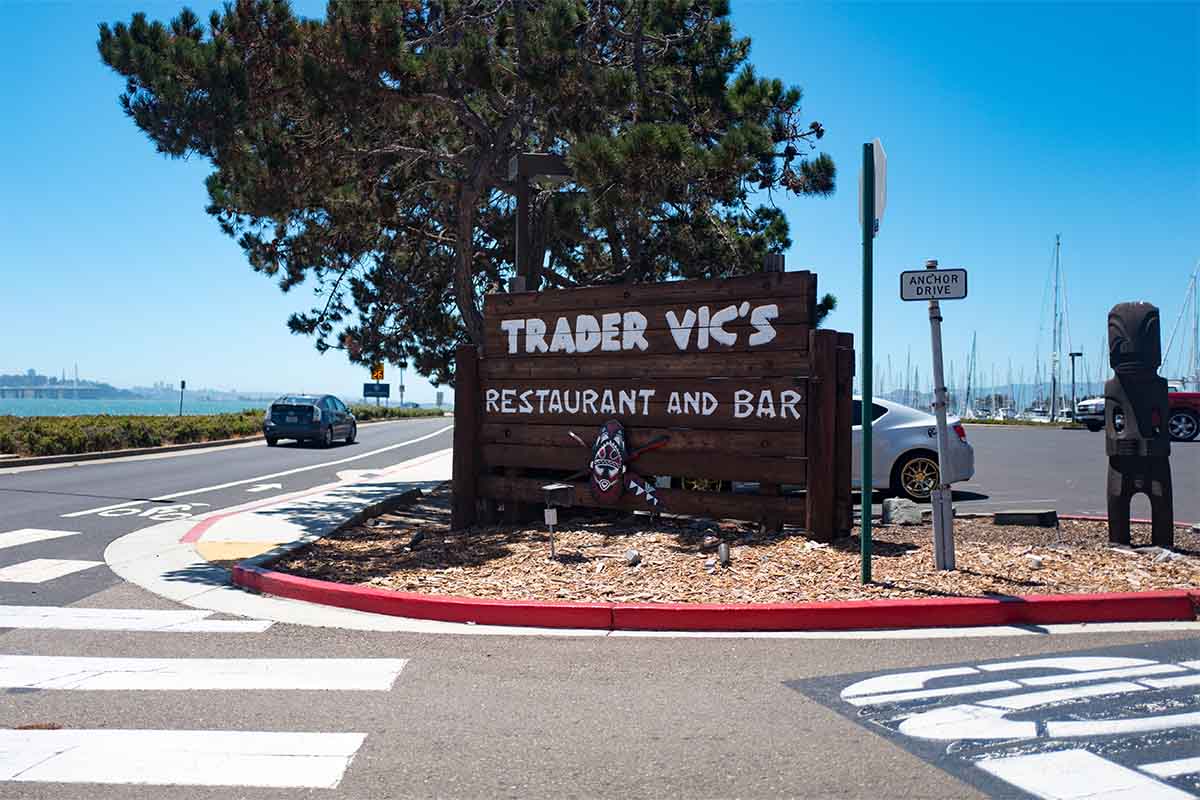
The Dark Ages and the Renaissance
As the 20th century came to a close, the Mai Tai fell into darkness. The popularity of the drink led to many imitations, many of which didn’t know or didn’t care about the original recipe. “It turns into a game of telephone with a bad signal,” Cate says. “It got so far from Vic’s Mai Tai. You start to see people use pineapple juice and rum floats.” Sometime during the 1960s, pineapple juice started to sneak into Mai Tai recipes. This was followed by the addition of grenadine and a shot of dark rum floated on the top of the drink.
The simple, balanced recipe of quality rum, orgeat, curacao and lime was replaced in the popular consciousness with something that didn’t resemble the original Mai Tai at all. “It kind of became the unofficial drink of Hawaii,” says Garret Richard, founder of the cutting-edge tiki bar Sunken Harbor Club and co-author of the book Tropical Standard. “And it became associated with vacations.” The Mai Tai in its stunted form became synonymous with sweet, fruity, beachside drinks. “Mai Tai” no longer meant “The Best.” It was used as a catch-all term for any cheap drink containing rum and fruit juice.
Thankfully for the Mai Tai faithful, the craft cocktail renaissance of the early 2000s brought more attention to well-crafted drinks made with fresh ingredients. Tiki archaeologist Jeff “Beachbum” Berry and Cate at his bar Smuggler’s Cove, along with a handful of other stalwarts, had already begun sharing the gospel of the tropical drink. Of course, the humble Mai Tai was front and center in this revival. “It’s about taking the Mai Tai back to respectability,” Cate says. “It should be considered part of the classic cocktail canon.”
As the 1944 Mai Tai recipe returned to the cocktail world, it became a rallying point for true believers in the tropical cocktail movement. “It was the flagship recipe of tiki and it’s a recipe that we as a community decided to take a stand on,” says Matt Pietrek, co-author of Modern Caribbean Rum. “Look, this is a perfect classic recipe. It’s just as good as any other classic cocktail.” Pietrek has written at length about the sanctity of the Mai Tai on his website. “Nobody would go into a bar, order a Manhattan and want it to be served with pineapple juice and grenadine,” says Pietrek. “Why is that okay for the Mai Tai and why should we let anyone say it doesn’t matter?”
Many bartenders who specialize in tropical cocktails see presenting the Mai Tai correctly as a duty. “We’ve always had a 1944 Mai Tai on the menu,” says Kevin Beary, bar director at Three Dots and a Dash and the Bamboo Room. “This is the original recipe, and this is how it’s meant to be enjoyed.”
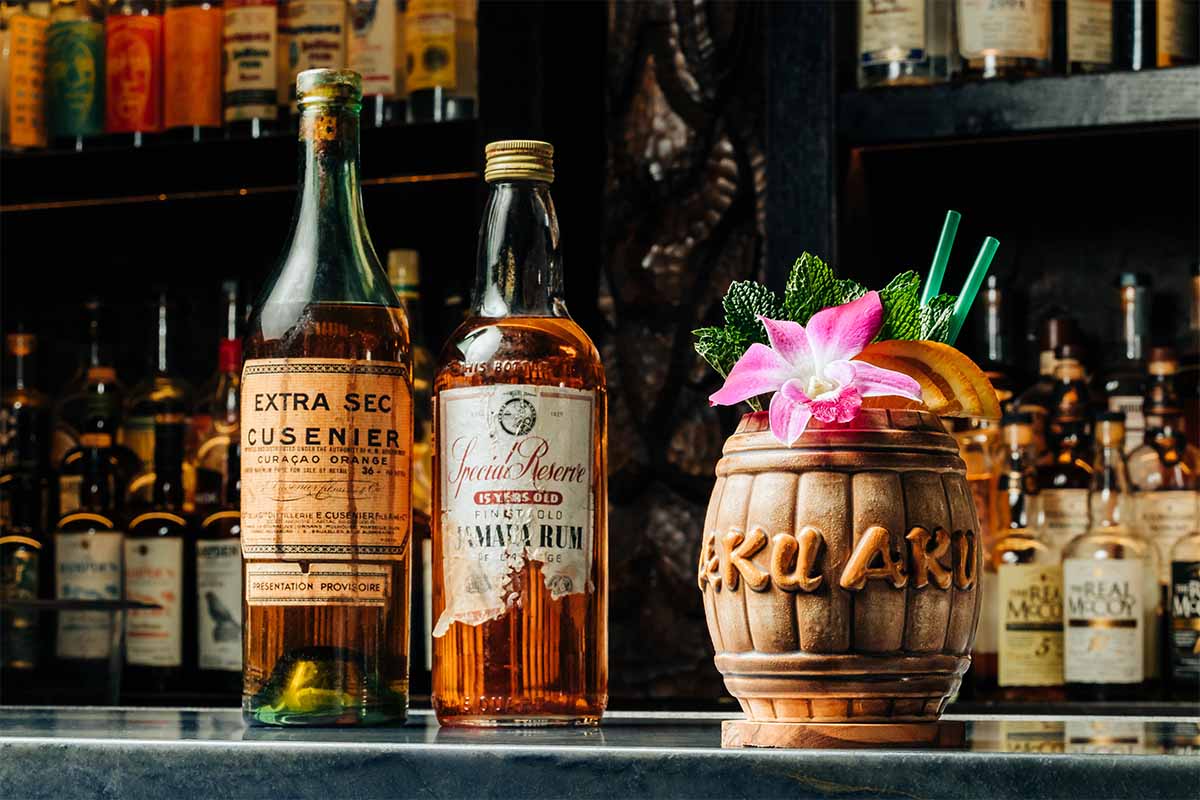
“The genius of the original spec is that it’s a showcase for a good spirit,” says Richard. “The original Mai Tai ran on the idea of using an awesome rum,” he continues.
Richard, along with most bartenders who make the Mai Tai today, sticks to the blueprint Trader Vic established with the second adjusted Mai Tai formula — a blend of rums from Jamaica and Martinique. The recipe allows for a high degree of experimentation with the base spirit and some bartenders, like Richard, have developed very precise blends of multiple rums designed to perfectly mesh with the other ingredients. But no matter which rums are used in the Mai Tai, there will always be one rum that is exalted above all others.
Liquid Gold
The Ark of the Covenant, The Holy Grail and J. Wray & Nephew 17-year — few spirits have ever reached such legendary status. The combination of its mythology and scarcity has turned a subset of rum and cocktail enthusiasts into obsessive fanatics.
There’s not much known about this fabled spirit. Thankfully, Trader Vic described the holy grail of rum in his own words: “I took down a bottle of 17-year-old rum. It was J. Wray & Nephew from Jamaica; surprisingly golden in color, medium-bodied, but with the rich pungent flavor particular to the Jamaican blends.” It’s no wonder people have been dying to try or recreate the rum — it sounds absolutely delicious.
Joy Spence, the long-time Master Blender at Appleton Estate, is a legend in the distilling community. Appleton Estate currently manages the J. Wray & Nephew brand and produces the unaged Wray & Nephew rum commonly seen behind the bar. “Every time I would teach a masterclass, the first question was always ‘When are you bringing back the J. Wray & Nephew 17,” Spence says. “I would always tell them, ‘Soon come.’”
People have gone to great lengths to try the J. Wray & Nephew 17 or something close. In 2007, the Merchant Hotel in Belfast came into possession of some of this legendary elixir. Naturally, they used it to make Mai Tais which set the world record for the most expensive cocktail at $1,457. That may seem like an absurd price, but the demand for this rum is very real — allegedly the Merchant Hotel ran through their bottle in less than a year.
Cate, who owns one of the few extant (and unopened) bottles of J. Wray & Nephew 17-year, once hosted an event at Smugglers Cove where he opened an antique bottle of the 20-year expression from the same range for a select group of customers. “I sold 10 Mai Tais in 10 minutes at $2,000 each,” Cate says. “So it’s real. There are people who care that much.”
The Bamboo Room, Beary’s elevated tiki bar in Chicago, is currently offering an $800 Mai Tai that uses a 15-year-old expression of J. Wray & Nephew. “We were able to acquire a bottle that was part of an estate in the UK. Then we were able to source a bottle of French dry curaçao from the 1940s,” Beary says.
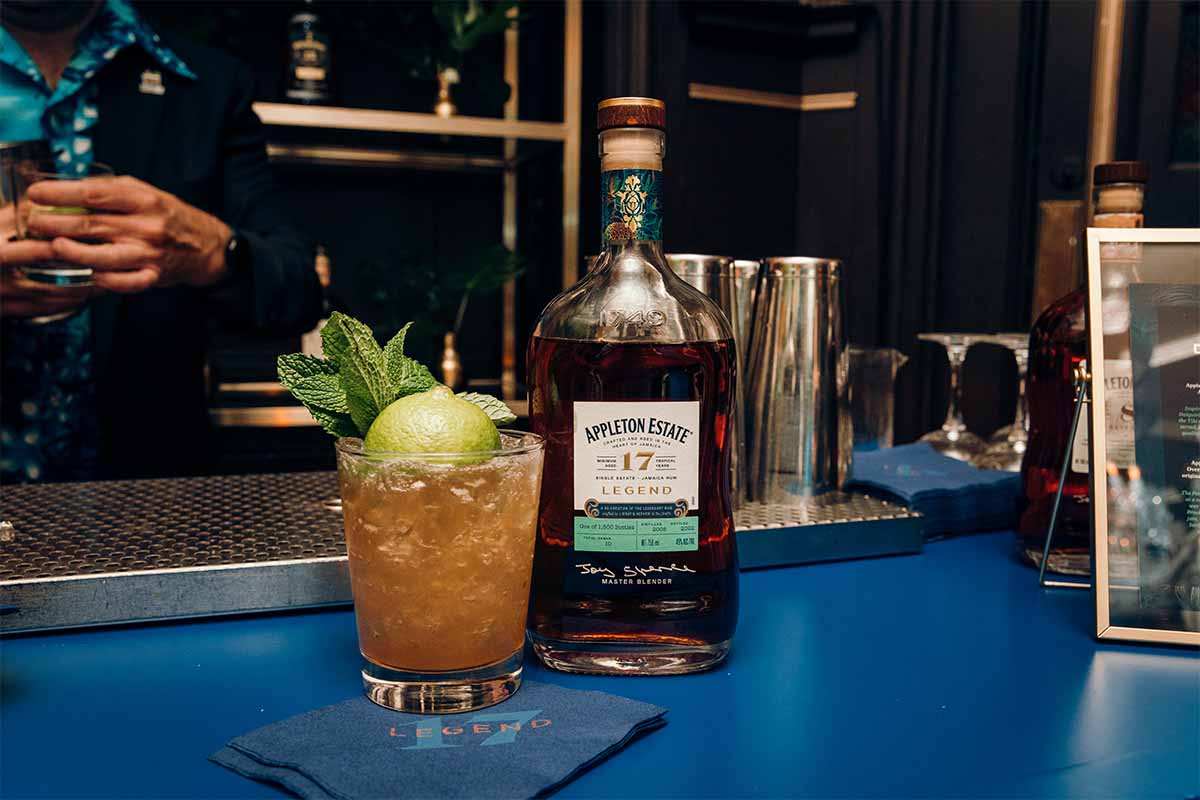
The Resurrection
In the spring of 2023, enthusiasts caught wind of a surprising new TTB filing from Appleton Estate. After decades of clamoring for it, the Jamaican distillery was finally bringing back the J. Wray & Nephew 17-year in the form of Appleton Estate 17 Legend. “We wanted to give everyone a little taste of this obsession,” says Spence. After 80 years, the fabled rum was finally returning.
Online rum communities were abuzz with speculation. The label said the rum was limited to 1,500 bottles — was that the amount allocated to the United States or was it the total amount produced? Was it a completely new recipe or was it blended from marques that Appleton Estate was already distilling? And the most common question asked: How the hell do I get a bottle?
On May 17, 2023, many of those questions were answered. The Appleton Estate 17 Legend was made from the recipe originally used to create the rum exported to Trader Vic’s. The distillery went back to the recipe book and re-created the J. Wray & Nephew 17 from scratch, using four new marques that were unique to the Appleton Estate 17 Legend. Spence and the team at Appleton Estate also had a sample of the original rum to use as a reference. “We really had to work backward and dissect the sample in the archive,” she says. It really seems that this new expression is as close to the original as it could possibly be.
But how does it taste? And how close is it to the original? Due to the scarcity of the original, it’s extremely difficult to determine how close it actually is, but we are able to compare it to other vintages in the J. Wray & Nephew line and other Jamaican rums from that era.
The Appleton Estate 17 Legend matches Vic’s description of the rum from 1944 — “surprisingly gold in color,” with a pleasing funky pungency. It’s surprisingly light in color given that it was aged for 17 years in the Caribbean. “We know [the J. Wray & Nephew 17] was a moderately mannered rum,” says Pietrek. “It was certainly not as extreme as other pot still rums.” The modern version reflects that as well, with notes of caramel, vanilla and brown sugar balancing out the funky notes of ripe fruit common in a high-ester pot still distillate.
Cate hasn’t tried the original 17-year expression, but he has had the J. Wray & Nephew 20-year. “There is a bit more oak in the Legend,” he says. “But it’s very similar to the 20-year. The key takeaway is that the marques in this are very similar to the ones used back then, and they’re not used in any Appleton products today.”
Stephen Remsberg is well-known in the spirits world for having amassed one of the world’s largest collections of vintage rums. Sadly, Remsberg passed away recently, before the Appleton 17 Legend was released, but well before he did, he shared some of his collection of antique Jamaican rums with Garret Richard. “It did remind me of the old bottles I tasted at Remsberg’s house,” he says. “It’s definitely a hell of an effort and an undertaking. They did a great job.”
Unfortunately for a majority of the holy order of the Mai Tai, the Appleton Estate 17 legend is limited to 1,500 bottles globally. Spence swears they will never produce this rum again. “The flavor profiles we’d have to achieve in this style of rum, you have to make it in very small quantities and we are not able to do that from a production standpoint at this time,” she says.
The holy grail of rum will continue to be almost unobtainable, but that won’t stop the Cult of the Mai Tai from searching for it.
The Original Mai Tai
Prep Time: 5 mins
Servings: 1
Ingredients
- 2 oz aged pot still Jamaican rum (We recommend Plantation Xaymaca)
- 1 oz freshly squeezed lime juice
- .75 oz orgeat (We recommend Orgeat Works Latitude 29 orgeat or Liber & Co.)
- .5 oz orange curaçao (We recommend Pierre Ferrand dry curaçao or Clément Creole Shrubb)
- .25 oz rich simple syrup
- Garnish: Sprig of mint and spent lime shell
Directions
-
Instructions
-
Combine all ingredients in a cocktail shaker with pebble ice and shake thoroughly for about ten seconds.
-
Dump the contents of the shaker unfiltered into a double rocks glass.
-
Top the drink with more pebble ice and garnish with a mint sprig and a spent lime shell.
-
Join America's Fastest Growing Spirits Newsletter THE SPILL. Unlock all the reviews, recipes and revelry — and get 15% off award-winning La Tierra de Acre Mezcal.
